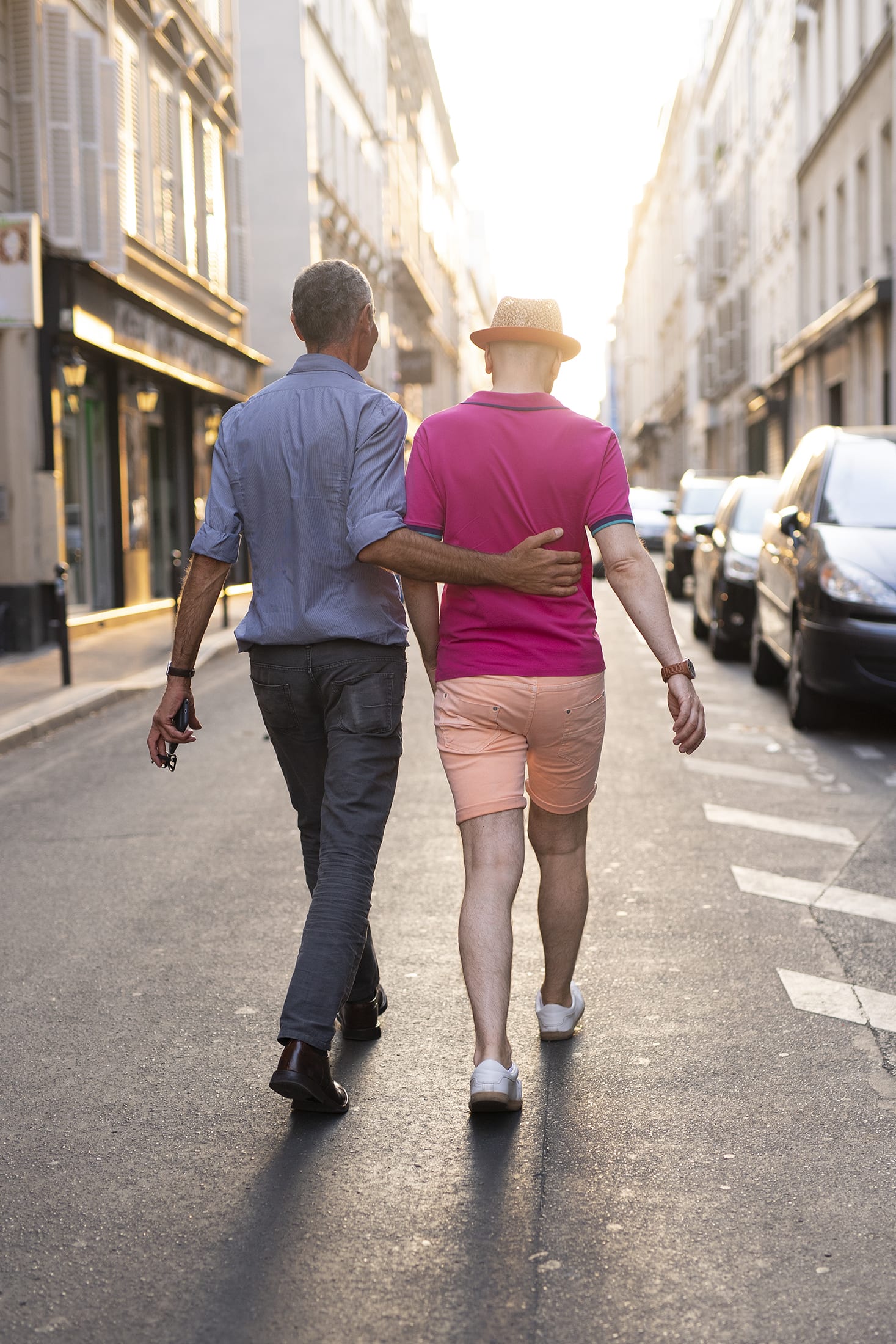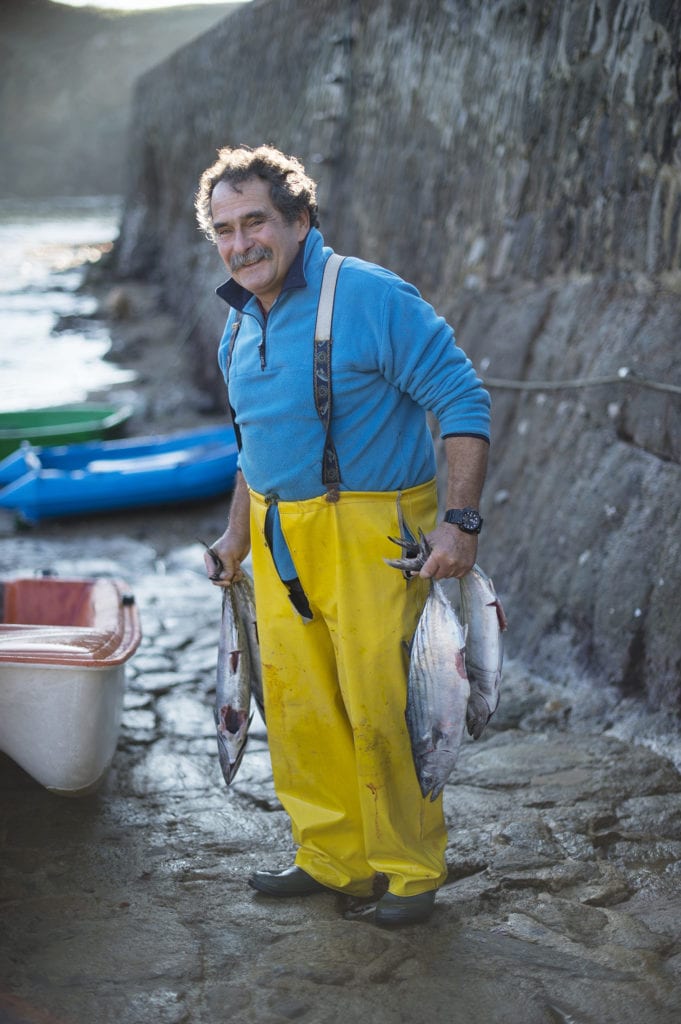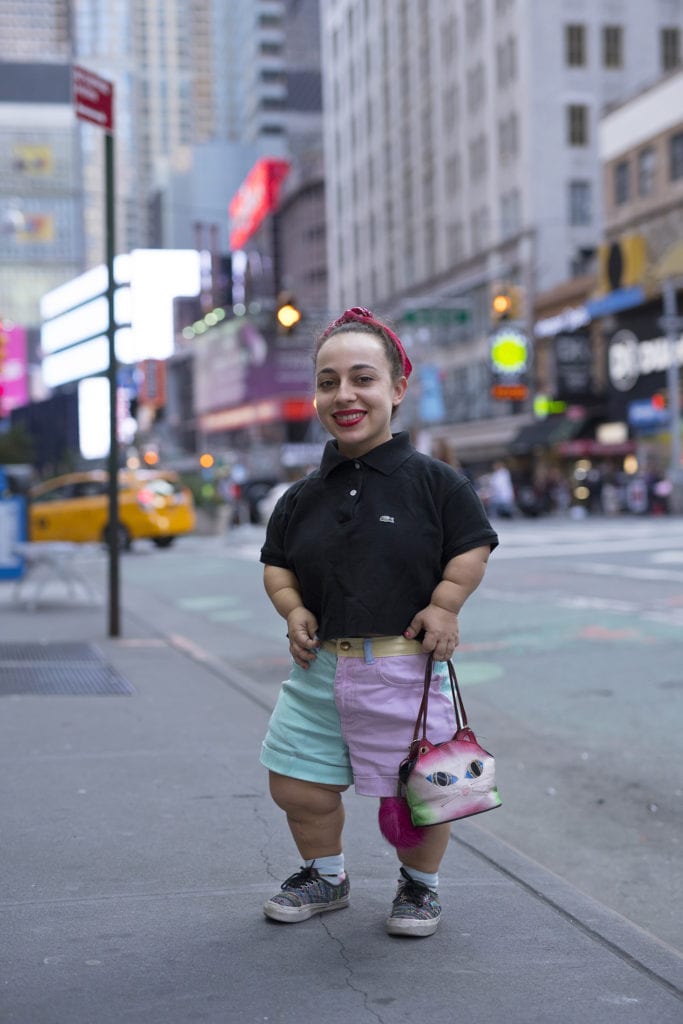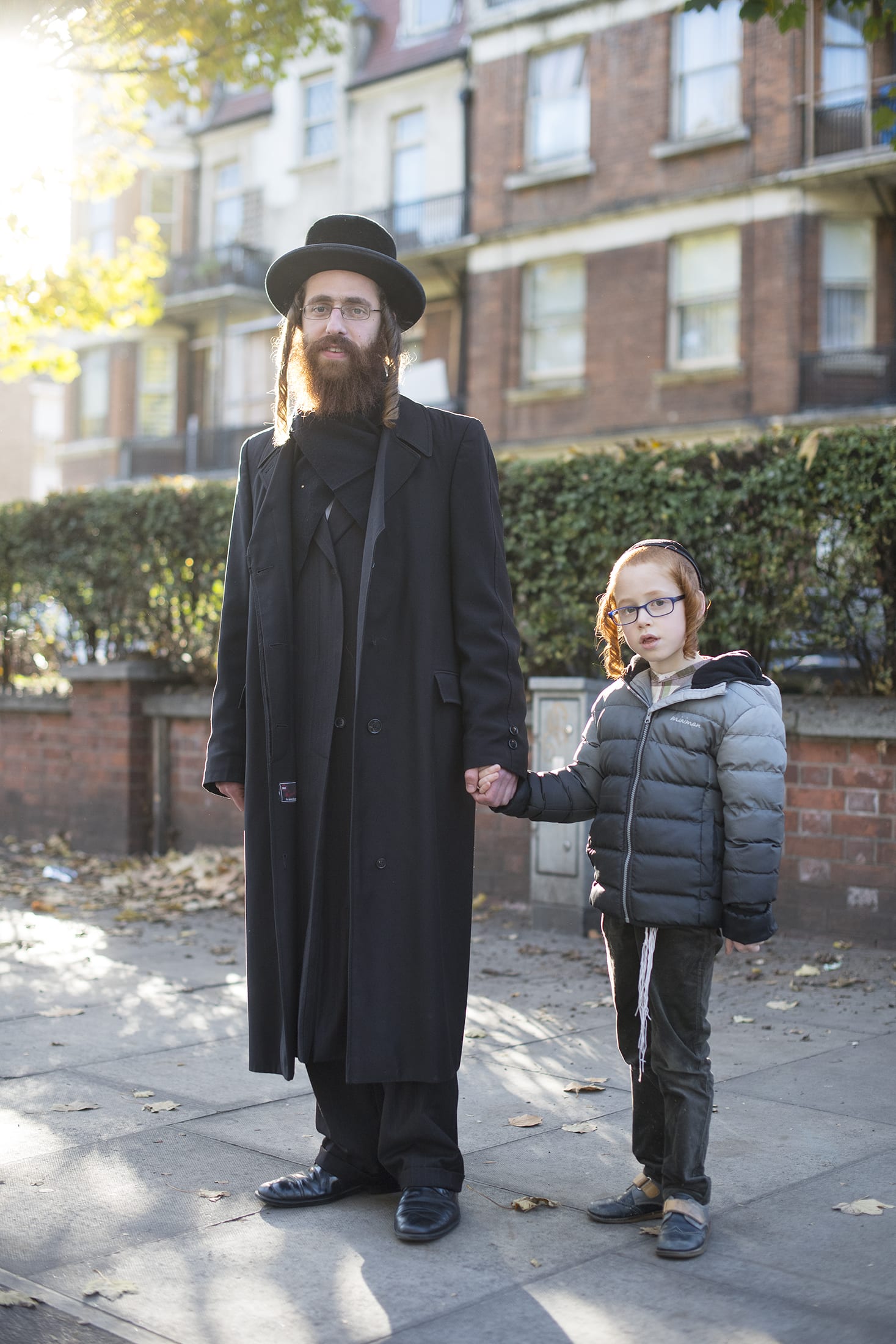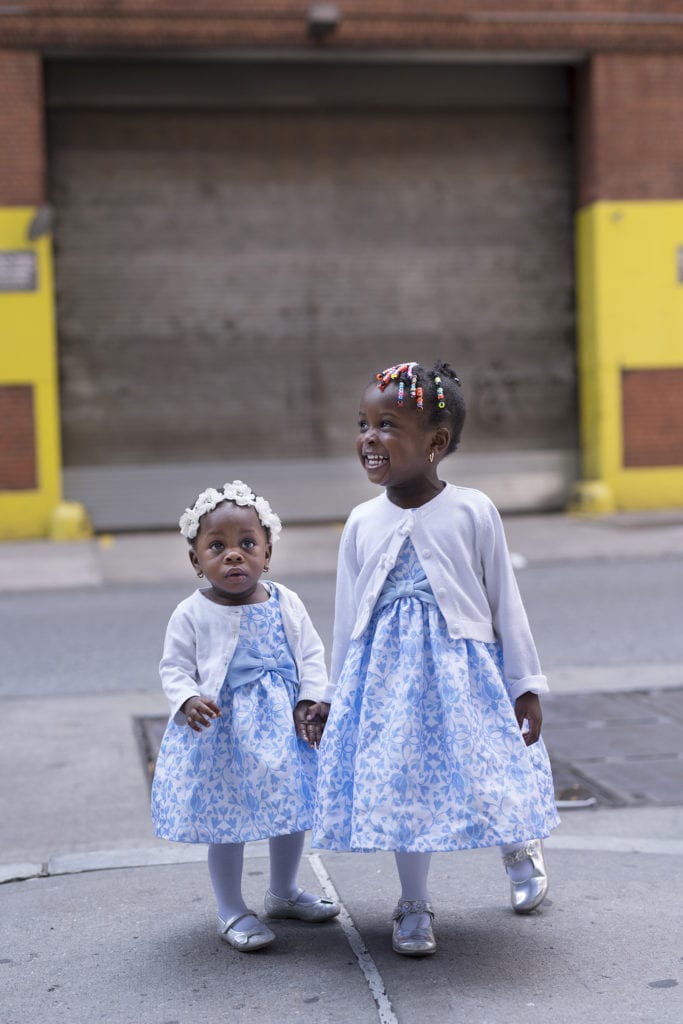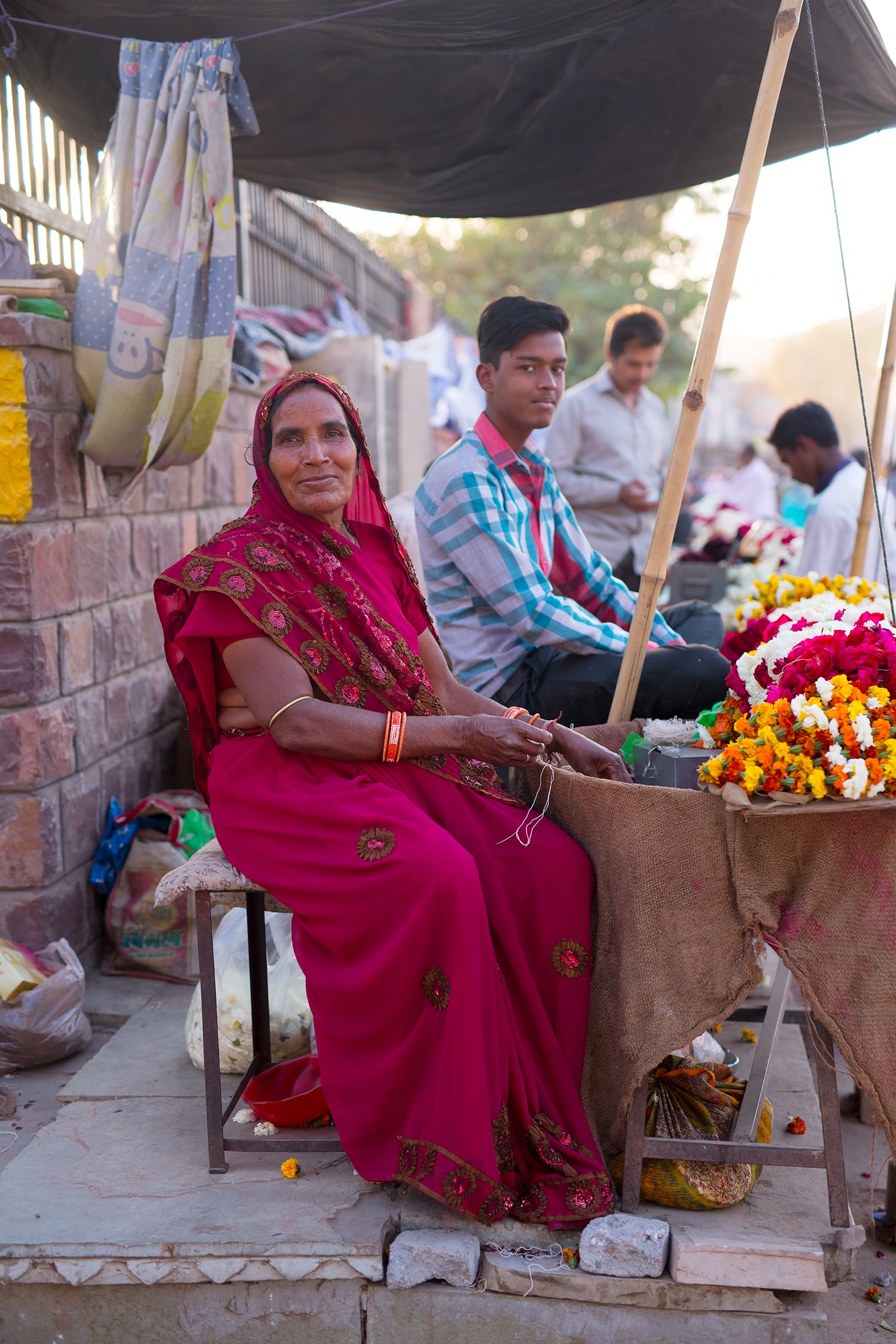Jean-Baptiste Pellerin has been photographing people on the street for over three decades, culminating in his latest project, Backtothestreet, a body of work that encapsulates what it means to make art accessible to everyone. Pellerin uses cement and glue to weld the portraits he takes onto city walls, meaning that all of the photographs taken on the street, and make their way back to the street, where they are exhibited to the public globally and for free.
We found Pellerin’s photographs on the streets of Arles, France, during Les Rencontres d’Arles in July 2018. His portraits struck us in their diversity and positivity, showing the individuality, community and unity of the people we encounter in the streets each day, but who we rarely notice. We spoke to Pellerin about his project in light of Portrait of Humanity, a new initiative seeking to prove that there is more that unites us, than sets us apart.
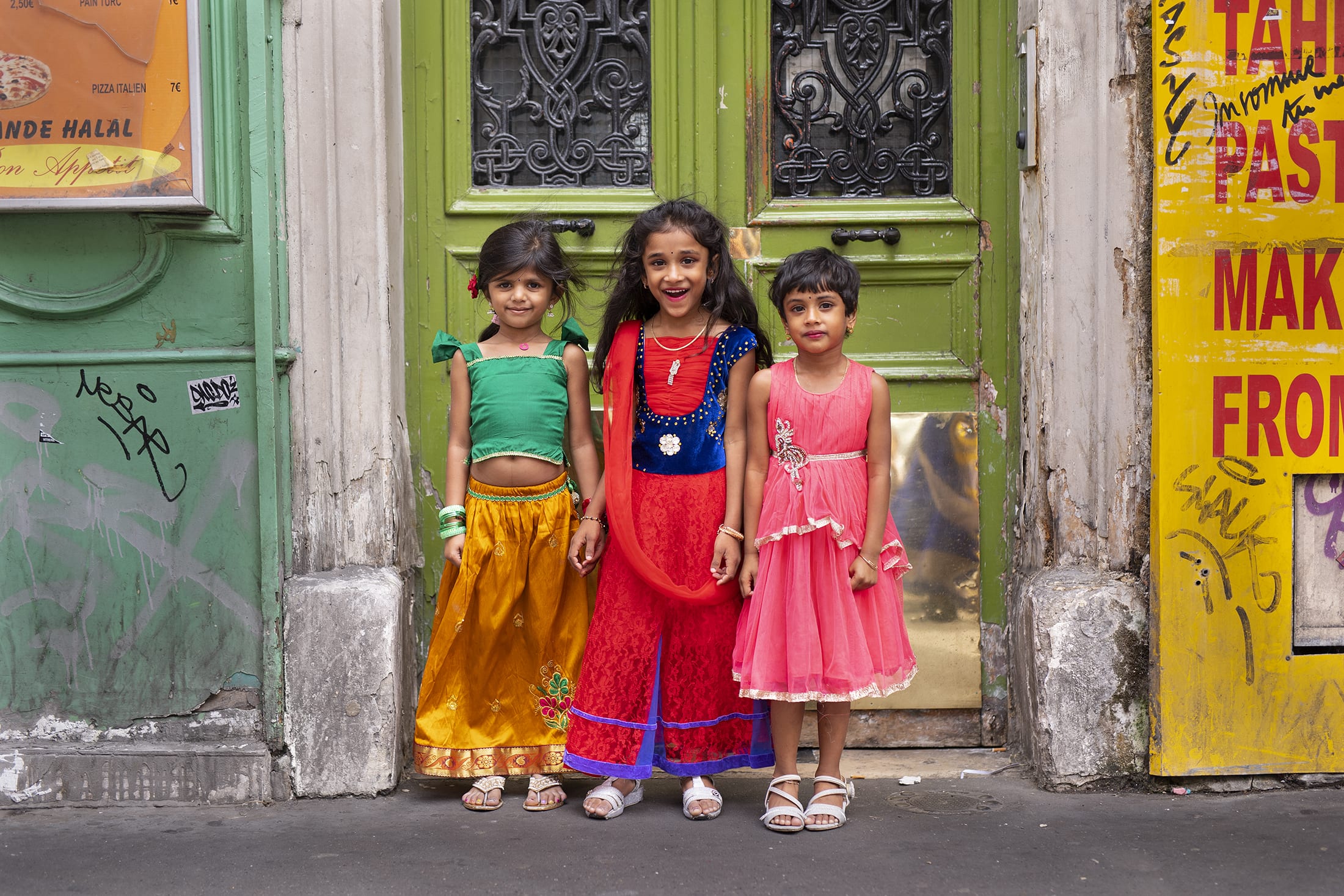
How did you first get into street photography?
I started doing street photography about 35 years ago. It was the first photography method I tried, and it is still my key interest. For the first 25 years, I took stolen pictures of people, without asking for permission, but then I decided to change my approach, and to ask people before I shot them. The outcome is very different to the work I previously took, and I think it’s a fantastic way of doing it.
I love looking at stolen pictures, but the experience of taking a picture you have asked for is much richer than stealing one. When you ask people, you form a relationship with them in just a few seconds. Before, I thought that by asking people for a picture, you would lose the naturality of the moment, which is true in a way, but it also works that people give you a pose, and that’s how they want the world to see them. I don’t tell them what to do; if they want to smile, they smile, if they don’t want to smile they don’t smile – they do exactly what they want. It becomes very interesting, because it’s no longer just me doing the picture, we are doing it together.
You have photographs in lots of cities around the world. Why do you choose to display your work in this way?
I have photographs in London (UK), New York (USA), Paris , Marseille, Nîmes (France) and Tokyo (Japan). The main reason I exhibit my work in this way is because the pictures come from the streets, so it felt right to put them back there. I love walking the streets and seeing my pictures out in the world.
I never ask for permission from authorities when I put the pictures up. Sometimes people steal or break the photographs, but the council have never taken them down. They could remove them like they do with graffiti, but they decide to leave them there so I think that they like them.
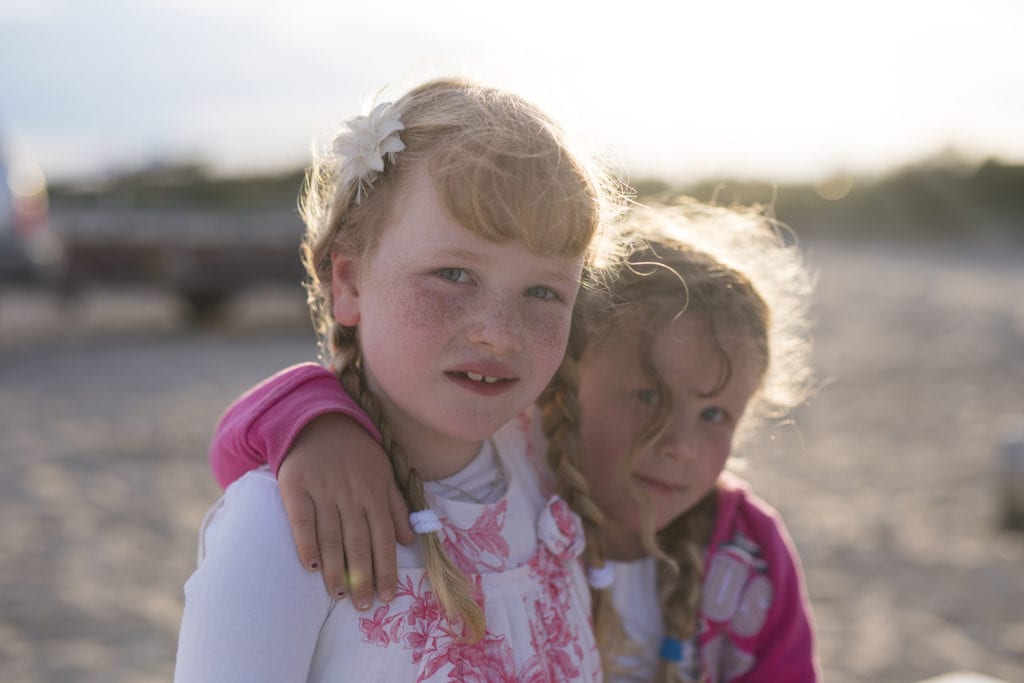
What is the response like to the images?
The response has been huge, and I accredit that to the hashtag #backtothestreet, which I put up three and a half years ago, when I started the project. A few months later I realised that there were lots of pictures of my photographs on Instagram, which had been put up with the hashtag. That has really helped generate interest, and it’s nice to be able to see everyone’s pictures and to read their lovely compliments about the work.
In the past, you have chosen to be quite anonymous online. Why is that?
I used to be fairly anonymous, but I’ve become fed up with hiding myself, so I’ve decided to say who I was. Nowadays, I attach my name to Backtothestreet, because it stops people from taking my photos and claiming them for their own. My main reason for being anonymous in the first place was because I didn’t want the police to catch me, but they have, and they have told me they like my work.
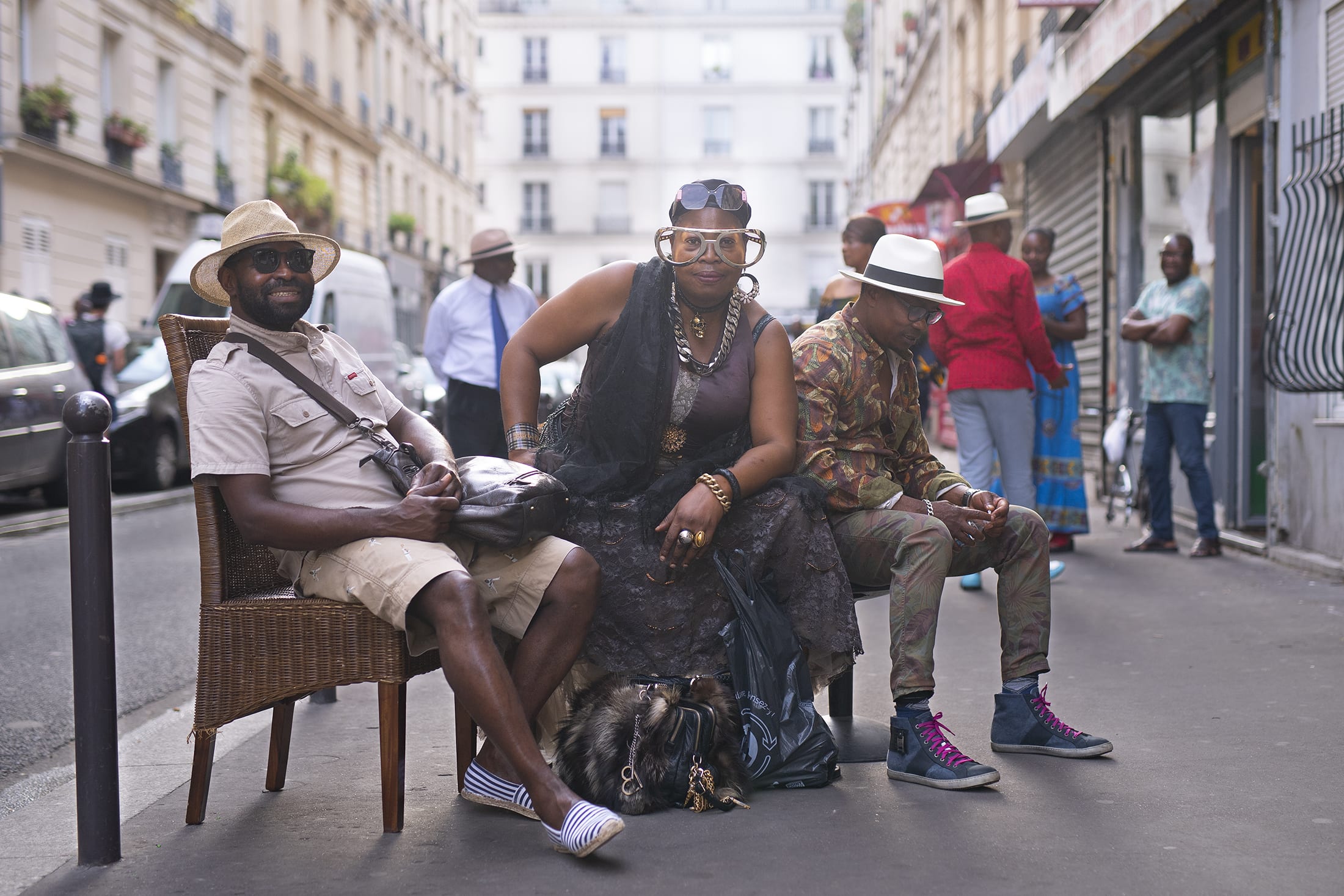
What were your aims with Backtothestreet? What do you hope people will take away from the photos?
I started out by photographing poor people, who nobody looked at. Now, I am trying to take pictures of everyone; rich poor, well known people, unknown people, children, old people, babies, dogs. In France, people don’t look at each other in the street because they are always on their phones. They don’t realise all of the wonderful people around them. My photographs are a way of showing that there are fantastic, diverse individuals everywhere. Of course, people aren’t always good, but I believe there is good in everyone. And so through this work, I am trying to share my love of people. If even a couple of people are inspired by my work and feel differently or more compassionately, that is enough for me.
What have been the biggest challenges of the project?
The biggest challenge is people stealing the photographs. Last summer, I was in New York, and one night I put 45 pictures on a wall during the night, using glue and cement. When I went there the next day, they were all gone. Sometimes you feel a little depressed, but then you think about the ones that are still there. In Arles for example, they are nearly all there. Actually, this is the fourth year I’ve come to glue pictures up in Arles, and many of them are still there, which is amazing.
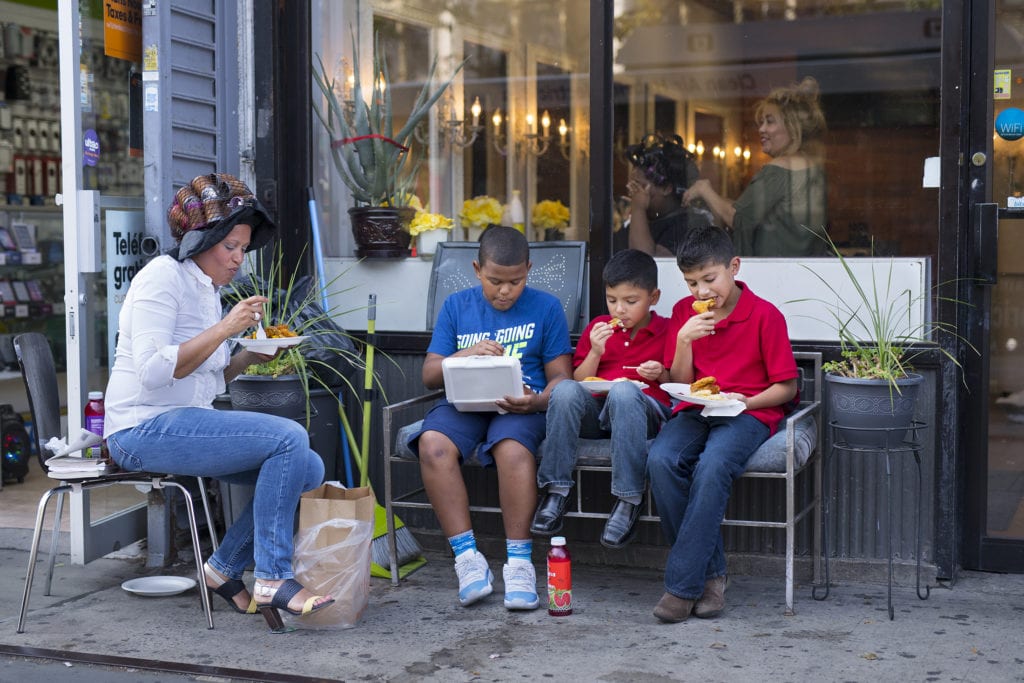
Do you have any advice for other photographers who want to get into street photography?
It’s hard to give advice because there are so many different ways of doing street photography. The most important things you need are a love for the street and a love for people. Everybody takes photographs differently; I am more shy than others, for example. But as long as you take pleasure in taking photographs, it doesn’t matter how you do it.
Do you want to be part of the movement? Together, we will create a Portrait of Humanity
